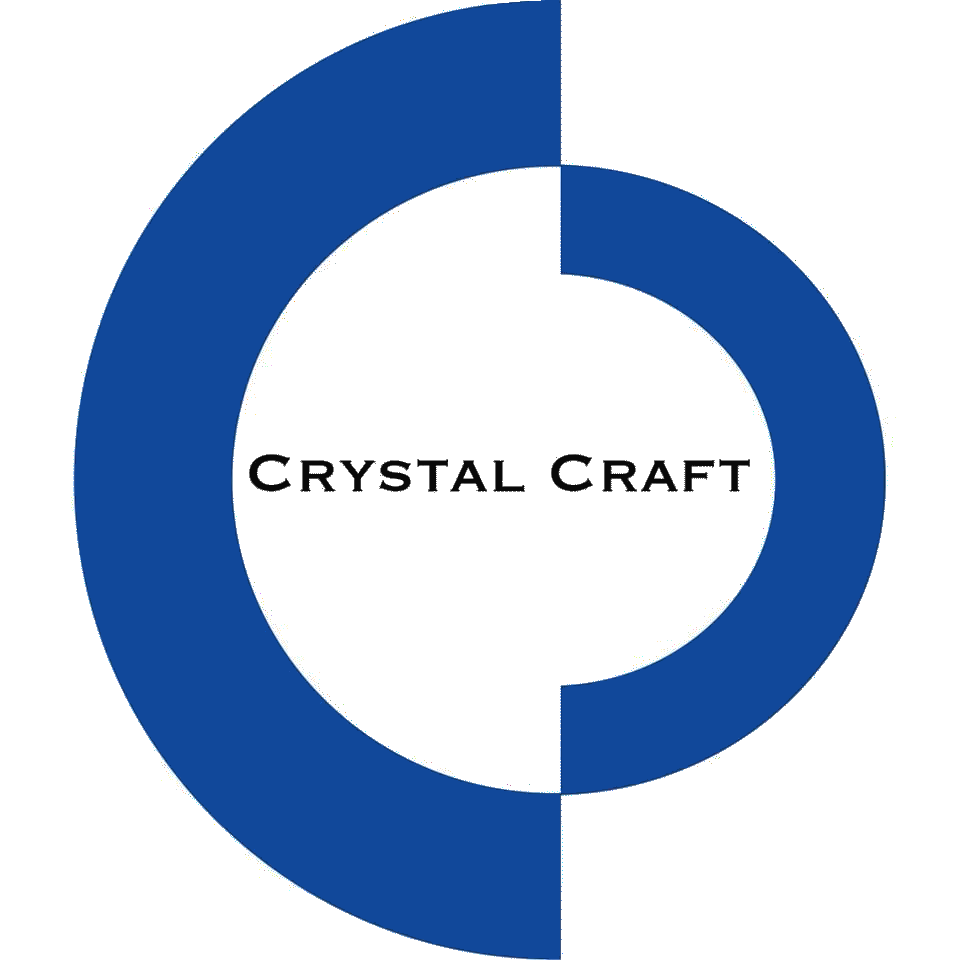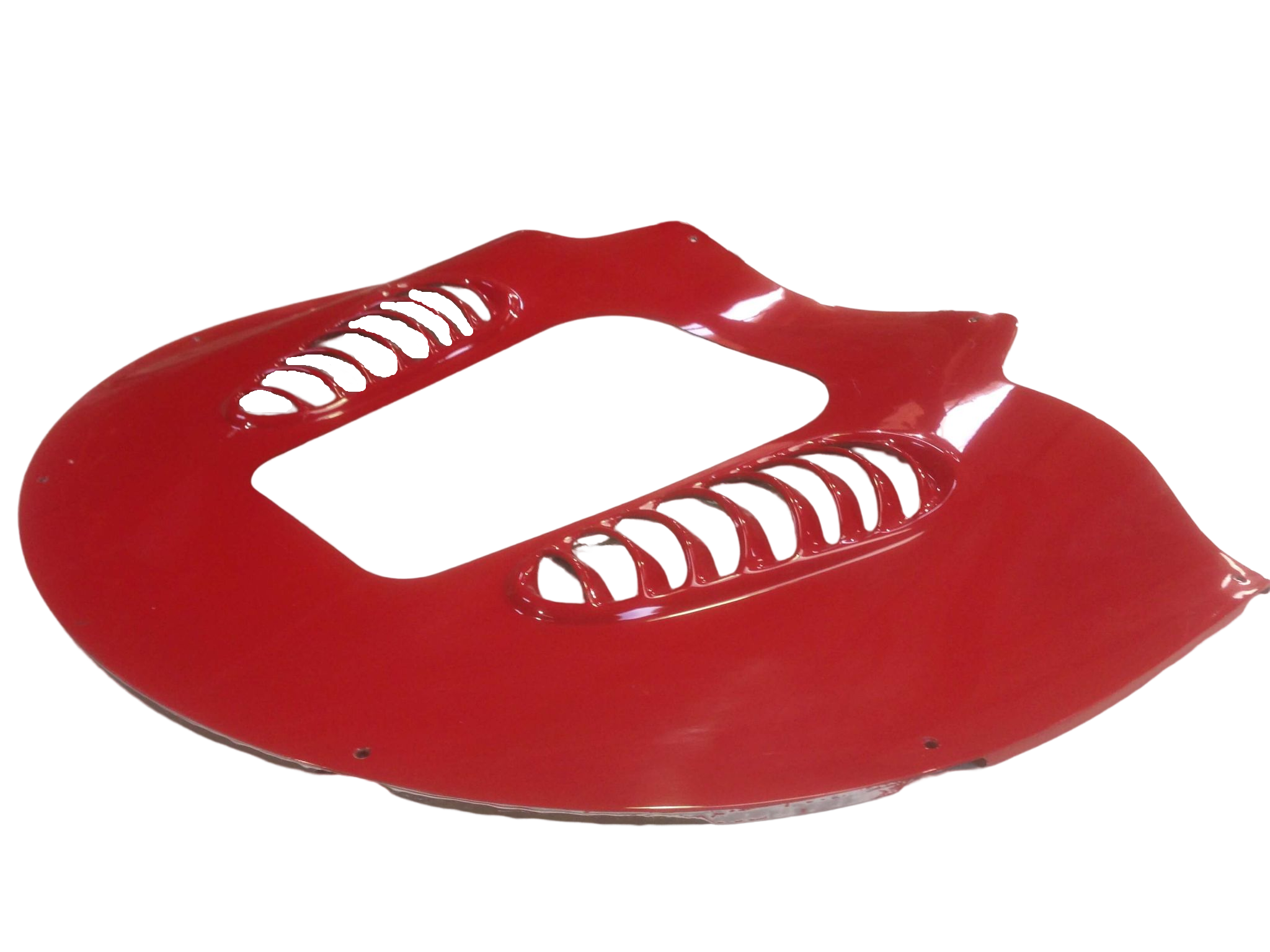Plastic Thermoforming vs. Injection Molding
Crystal Craft provides plastic thermoforming services ideal for high-quality production runs ranging from small, medium, to large quantity manufacturing requirements. Whereas, plastic injection molding typically comes handy for low-quality production runs for large quantity manufacturing projects. Reach out to us and see how our services can tailor to your specific project needs.
Plastic Thermoforming
Plastic thermoforming involves the heating of raw materials as sheets, rods, and tubes and forming them to the surface of a mold, spinning, or tooling. Once these raw materials are formed to the respective mold, typically there are secondary finishing processes involved to create the finished part. These finishing processes can be any of the following: engraving, trimming, machining, drilling, bonding, sanding, buffing, polishing, painting, taping, silk-screening, and so on.
Thermoforming of plastic parts is ideal for high-quality production runs ranging from small, medium, to large quantity manufacturing requirements. The tooling costs are typically much less expensive and lead times are usually much shorter than that of injection molding projects. Molds are 3D in form and usually made from aluminum, wood, polyurethane, or 3D printed. Thermoforming is excellent for manufacturing simple geometric parts and larger tolerances, ideal for bigger products that have a basic design.
Plastic Injection Molding
Plastic injection molding entails injecting molten liquid polymers into a mold with high temperature and pressure. Once the mold is cooled, the formed plastic parts are released with a final product. Injection molding is ideal for low-quality production runs with high-quantity demands. The tooling costs are usually very expensive compared to thermoforming molds. Molds are typically double-sided 3D molds made out of aluminum, steel, or a beryllium-copper alloy.
Injection molding is excellent for manufacturing complex geometric parts and tighter tolerances, ideal for smaller products that are extremely detailed in their design. The cost of the injection molded parts is less expensive than thermoformed parts as there are typically no secondary finishing processes with injection molding.
“We don’t have competitors, only companions in this industry, that’s why we supply them. That’s why even if your work is sourced from a different vendor, there’s a high probability that we produced it.”




